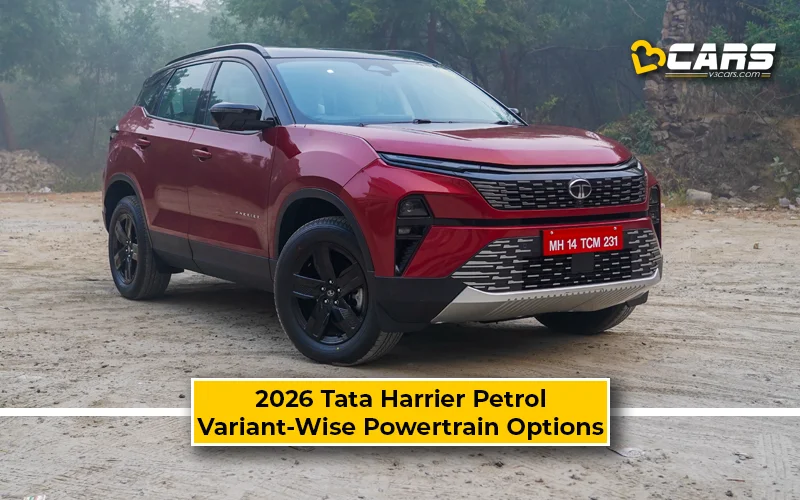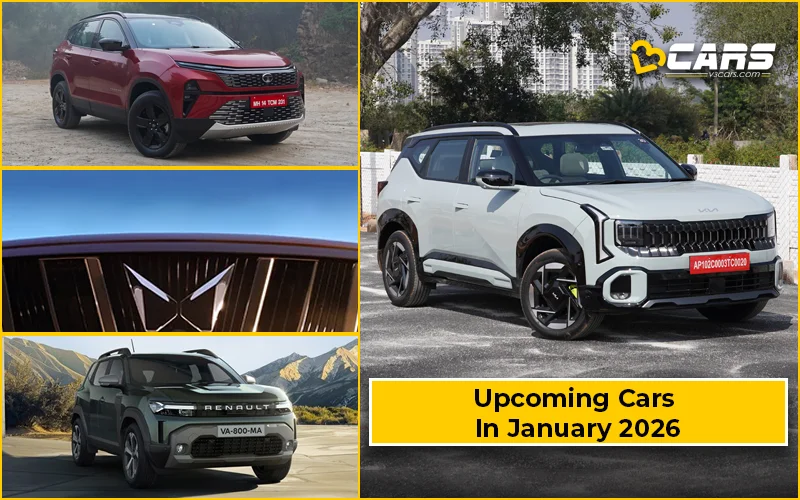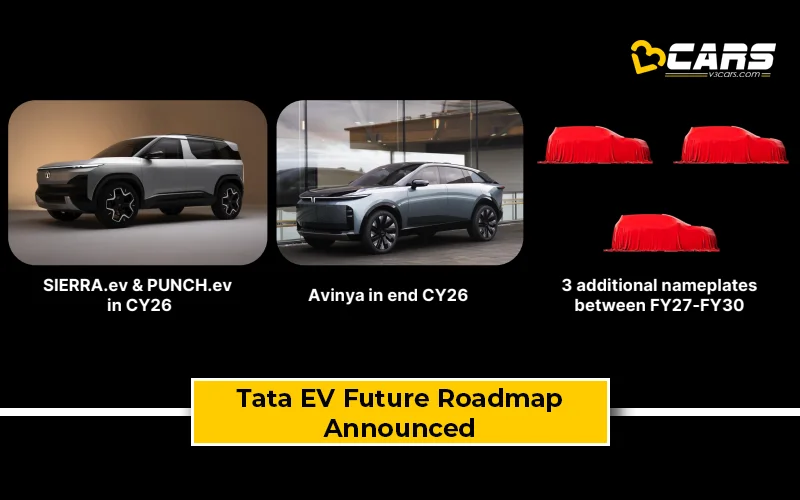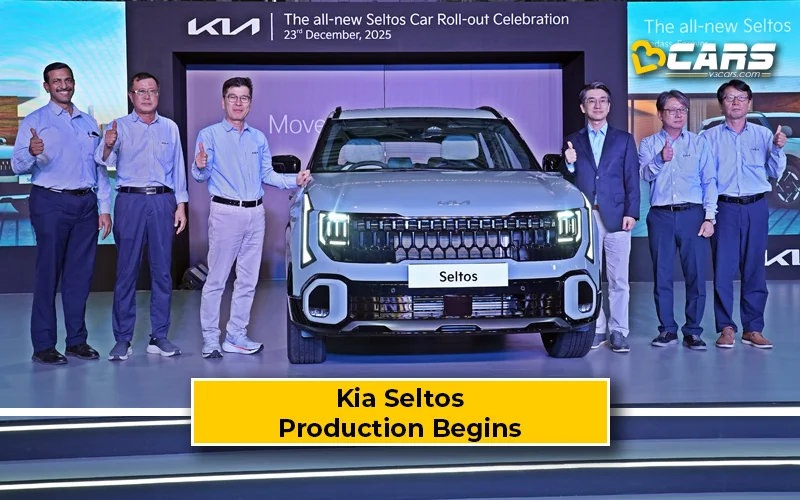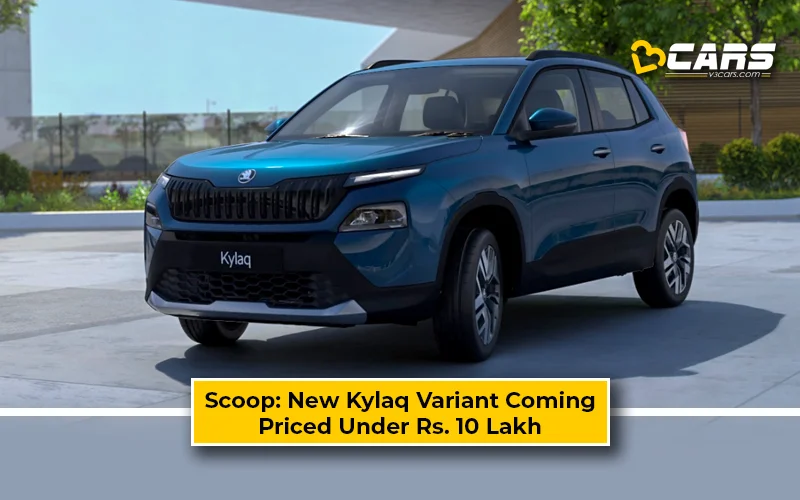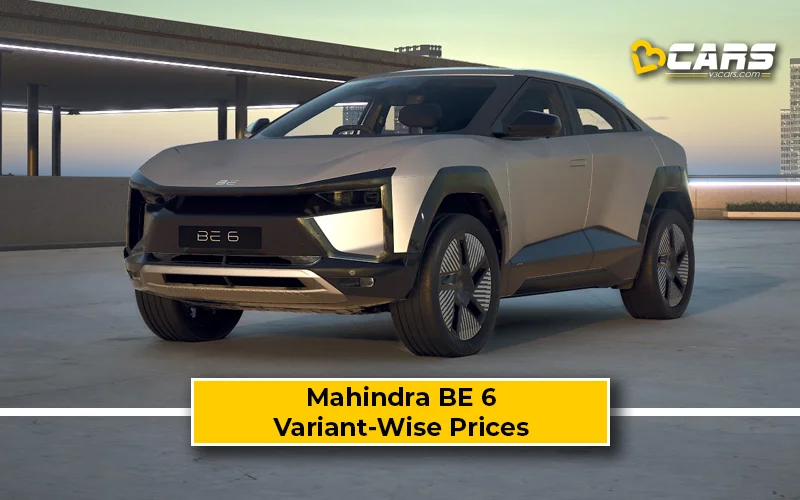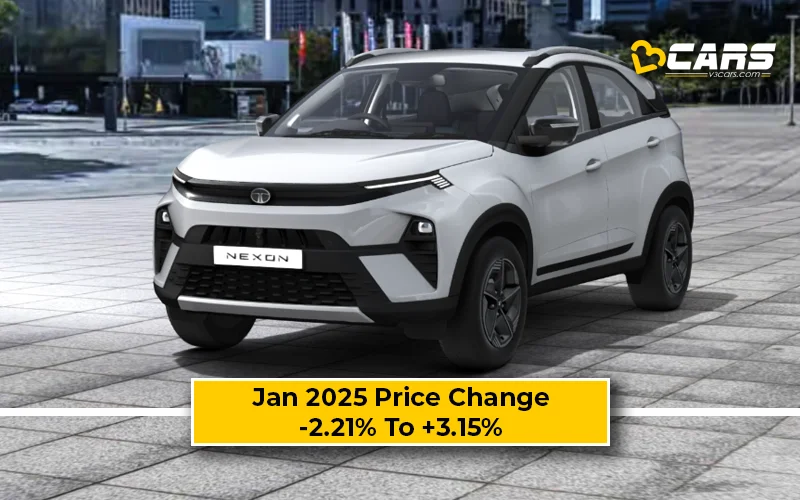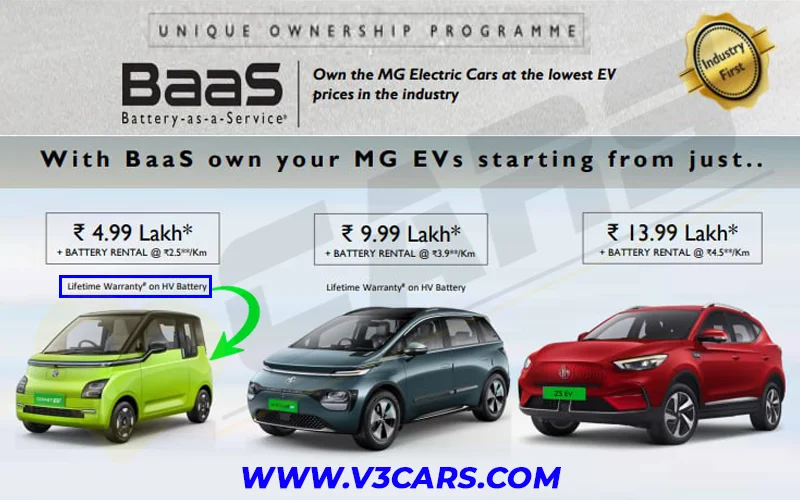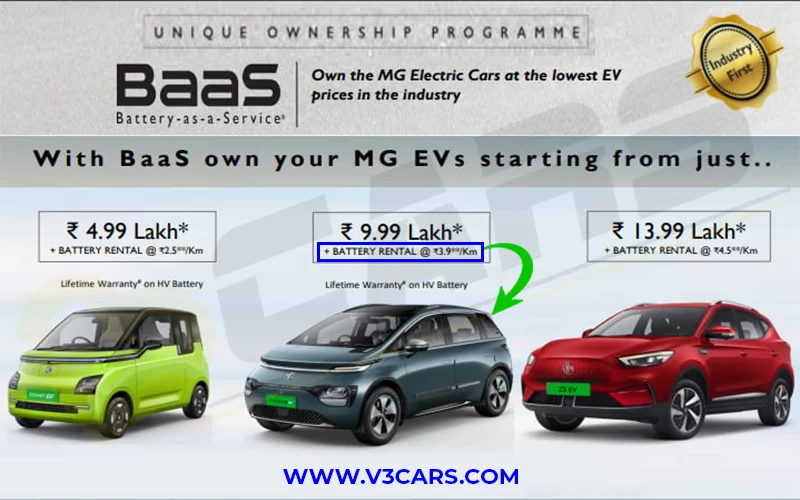CAR NEWS TODAY
Hyundai India have officially entered the commercial mobility segment with the launch of their dedicated taxi-focused offerings – the Prime HB hatchback and Prime SD sedan. With this move, Hyundai aim to tap into the growing demand from fleet and taxi operators looking for reliability and...
Latest Car News
The Tata Safari has finally gained a petrol engine option! Tata Motors are now accepting bookings for the 2026 Safari petrol,...
The Tata Harrier has finally gained a petrol engine option! Tata Motors are now accepting bookings for the 2026 Harrier petrol,...
The Indian automotive industry is set to kickstart the new year with pomp and fervour as brands are lining up a slew of launches...
Nissan are preparing to kick off brand awareness activities for its upcoming C-segment SUV, the Tekton, starting February 2026....
Tata Motors have achieved a major milestone in India’s electric vehicle journey, with cumulative EV sales crossing the 2.5...
Kia India have officially started production of the 2026 Seltos at their Anantapur manufacturing facility in Andhra Pradesh. Kia...
The Maruti Suzuki Ciaz has received a 1-star rating for adult occupant protection and a 3-star rating for child occupant...
The 2025 Celerio has secured a 3-star safety rating from the Global NCAP. The Maruti hatchback, which now offers 6 airbags and...
Maruti Suzuki Victoris SUV is also available through CSD for our men and women in uniform. In this article, we’ll provide...
TRENDING CAR NEWS
The 2025 Skoda Kylaq, Skoda’s entry into the competitive B2-SUV segment, has officially launched. Deliveries of...
According to a source with knowledge on the matter, Skoda India are set to introduce a new variant of the 2025 Kylaq....
Kia India have finally revealed the prices of the Syros 2025 and they start at exactly the price we predicted —...
In this article, we’ll estimate the ex-showroom price range of the upcoming eVitara — Maruti’s first...
In this article, we’ll list out the ongoing offers on the Maruti Suzuki Ignis, Baleno, Dzire, Grand Vitara, WagonR...
Skoda Auto India have revealed the variant-wise prices of 2024 Kylaq, their first-ever B2-segment SUV that competes with...
The Mahindra BE 6, first unveiled in November 2024, has created quite a buzz in the electric SUV market. While Mahindra...
In this article, we’ll list out the ongoing offers on the Tata Altroz, Tiago, Tigor, Nexon, Harrier and other Tata...
Maruti Suzuki Brezza SUV is also available through CSD for our men and women in uniform. In this article, we’ll...
Top Car News
The 2025 Skoda Kylaq, Skoda’s entry into the competitive B2-SUV segment, has officially launched. Deliveries of...
In this article, we’ll list out the ongoing offers on the Maruti Suzuki Ignis, Baleno, Dzire, Grand Vitara, WagonR...
Impotant Note (Jan 18, 2025): With the start of the new year, Tata increased the prices of some of their cars. However,...
With the start of the new year, Tata increased the prices of the Nexon 2025. While some of the variants of the Nexon...
According to a source with knowledge on the matter, Skoda India are set to introduce a new variant of the 2025 Kylaq....
In this article, we’ll list out the ongoing offers on the Tata Altroz, Tiago, Tigor, Nexon, Harrier and other Tata...
Kia India have finally revealed the prices of the Syros 2025 and they start at exactly the price we predicted —...
We recently came across a piece of collateral from JSW MG Motor India revealing that they will soon start offering...
We recently learned from an MG car sales representative that besides the price increase JSW MG have also discontinued...



